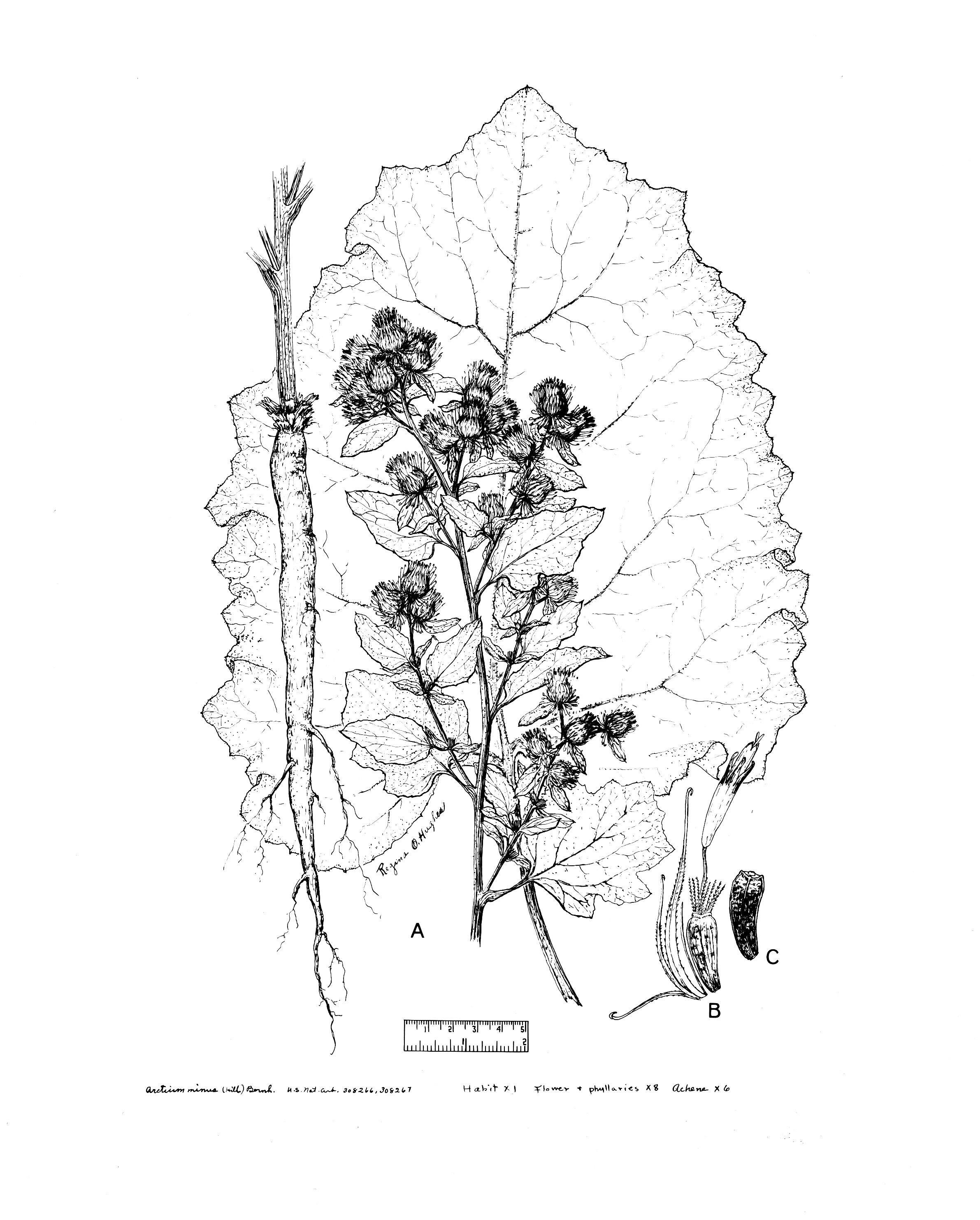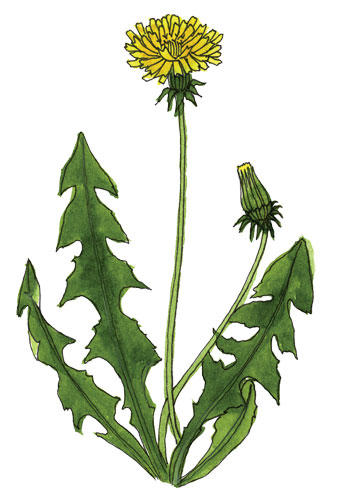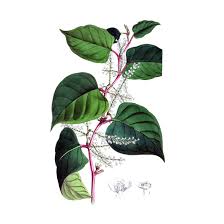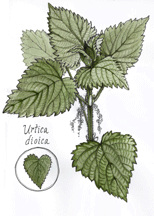As the earth & its creatures wake up around us this month, you will probably feel a corresponding surge of energy that’s inexplicable for any other reason than the coming of spring. To encourage that energy & assist in the transformation from spongy winter self to honed & toned summer self, many cultures traditionally detox in late winter & early spring through limiting the intake of food, cutting out certain foods, & receiving the assistance of nourishing & detoxifying plants.
One of the first “aha moments” I had when I started learning from plants was when I realized a few of the most well-known volunteers that go wild throughout Philly’s vacant lots are powerful detoxifying & tonic plants. Many would call these “weeds” or “invasives” because gardeners didn’t plant them & they have a tendency to take over, but I’ve learned to look at them as messengers of what the land, people, & animals around them might need. Plus, the more that they’re harvested for food & medicine, the less out of control they’ll become. Ah, balance. Here, some common spring plants granting permission to use them to cleanse our insides:
 Burdock (Arctium lappa), roots: Biennial with ridiculous taproots that break up soil, huge leaves, & burred seeds that inspired the invention of Velcro. Dig roots at the end of the first year or beginning of the 2nd year when energy is at its highest in the root. As a blood purifier, burdock clears congestion in circulatory, lymphatic, respiratory, and urinary systems. It can help eliminate excess fluids in the body & stimulate the elimination of toxins, improving liver & digestive function.
Burdock (Arctium lappa), roots: Biennial with ridiculous taproots that break up soil, huge leaves, & burred seeds that inspired the invention of Velcro. Dig roots at the end of the first year or beginning of the 2nd year when energy is at its highest in the root. As a blood purifier, burdock clears congestion in circulatory, lymphatic, respiratory, and urinary systems. It can help eliminate excess fluids in the body & stimulate the elimination of toxins, improving liver & digestive function. Chickweed (Stellaria media), leaves: Adorable self-seeding annual that often lives through the winter whose little white flowers look like stars & can be identified by its white filament inside the green stem that pulls away separately when harvested or pulled apart. High in vitamins & minerals & increases the body’s ability to absorb other nutrients.
Chickweed (Stellaria media), leaves: Adorable self-seeding annual that often lives through the winter whose little white flowers look like stars & can be identified by its white filament inside the green stem that pulls away separately when harvested or pulled apart. High in vitamins & minerals & increases the body’s ability to absorb other nutrients. Dandelion (Taraxicum officinale), young leaves & roots: If you can’t identify this, you’ve never been outside & have never made wishes. Bright yellow flower, floaty white seedpods, serrated leaves, & another goodly taproot. A powerful diuretic that helps kidneys & liver to remove toxins from the blood. Good for treating skin issues, weight loss, digestive disorders, bladder infections, & more. Harvest leaves before it flowers in spring & dig roots in the fall of a plant’s second year for greatest energy.
Dandelion (Taraxicum officinale), young leaves & roots: If you can’t identify this, you’ve never been outside & have never made wishes. Bright yellow flower, floaty white seedpods, serrated leaves, & another goodly taproot. A powerful diuretic that helps kidneys & liver to remove toxins from the blood. Good for treating skin issues, weight loss, digestive disorders, bladder infections, & more. Harvest leaves before it flowers in spring & dig roots in the fall of a plant’s second year for greatest energy.
 Knotweed (Fallopia japonica), roots & shoots: This one’s a doozy. A perennial that can get to be 10’+ tall, it’s roots will outcompete most other plants, & they grow as runners (a colony with one shared root system). Luckily, the early spring shoots are edible—think crossing asparagus & rhubarb—& the roots contain the highest known concentration of resveratrol in plants. Resveratrol is the same powerful antioxidant found in red grape skin/red wine, which is also seeing lots of research in the treatment of Lymes Disease. Do our landscapes a favor & harvest it!
Knotweed (Fallopia japonica), roots & shoots: This one’s a doozy. A perennial that can get to be 10’+ tall, it’s roots will outcompete most other plants, & they grow as runners (a colony with one shared root system). Luckily, the early spring shoots are edible—think crossing asparagus & rhubarb—& the roots contain the highest known concentration of resveratrol in plants. Resveratrol is the same powerful antioxidant found in red grape skin/red wine, which is also seeing lots of research in the treatment of Lymes Disease. Do our landscapes a favor & harvest it!
 Nettle (Urtica dioica), leaves & roots: Perennial that likes moist, shady locations & will give you quite a burning sting if you’re not respectful—or most likely if you touch it at all. High in iron, Vitamin C, & chloryphyll, the leaves are used for anti-inflammatory properties, as a hair tonic for follicle stimulation & to aid with greasy hair, to treat urinary tract infections, & as a blood-cleansing tonic. Root is used for allergies, liver ailments, & improving sex drive in women & men.
Nettle (Urtica dioica), leaves & roots: Perennial that likes moist, shady locations & will give you quite a burning sting if you’re not respectful—or most likely if you touch it at all. High in iron, Vitamin C, & chloryphyll, the leaves are used for anti-inflammatory properties, as a hair tonic for follicle stimulation & to aid with greasy hair, to treat urinary tract infections, & as a blood-cleansing tonic. Root is used for allergies, liver ailments, & improving sex drive in women & men.
There are tons of other medicinal plants around, but this is a good start. While you’re using these herbs, try cutting down on certain foods & the quantity you eat. Studies show that a modified fast (i.e. cutting down as opposed to not eating at all) will have lasting benefits for the whole body including lower blood pressure and cholesterol levels.
Maia Toll, owner of The Herbiary, well-known herbalism teacher, & a big inspiration to me, had this to say recently: “For one idea of a modified fast, try cutting out one food or food group per day (depending on how much you’re willing to try, make these cut-outs cumulative throughout the week):
- Monday: sugar
- Tuesday: dairy
- Wednesday: wheat
- Thursday: eggs
- Friday: corn & soy
- Saturday: meat
- Sunday: liquids only”
Give these plants & cleanses a try, & please share your results. The only way we’ll grow & learn in these methods is through teaching each other. Happy cleansing!
Resources (people, pictures, & reading material)
- Encyclopedia of Medicinal Plants, by Andrew Chevallier
- Forager’s Harvest, The Herbiary: Store in Reading Terminal Market
- Natural Medicinal Herbs
- Peterson’s Field Guide to Medicinal Plants and Herbs of Eastern & Central North America
- Plants for A Future
- Wild Foodies of Philly Meetup Group
Written by Robyn Mello, POP’s Director of Education and Outreach
SUPPORT US! If you found this entry useful, informative, or inspiring, please consider a donation of any size to help POP in planting and supporting community orchards in Philadelphia: phillyorchards.org/donate.